Latest Posts by iphleandro-blog - Page 3

Cute animals ♥

Cute animals ♥

From @park_kkone: “Benny and Berry❤️ Father and daughter👨👧💕#fatherslove . 베니와 베리❤️ 아빠와 딸👨👧 #딸바보 베니💕” #catsofinstagram [source: https://ift.tt/2NbX0xg ]

that is hilarious!
yorkshire.fossils Following from yesterday’s Nautilus post, our only pyritic specimen to that standard in around ten years… here’s another my dad, Mark (who prepared all of our fossils to an excellent standard) found very recently!! ⛏⛏ Unbelievably, six other fossil hunters areas of us had walked past it and missed this rare quality fossil! The original shell is preserved on this specimen which is uncommon! When prepared, it should be a beautiful chocolate colour 🍫 😍
lymeregisfossils Thursday lunchtime on the Jurassic 🦕Coast🌊 ! The “ammonite graveyard” -a limestone bed literally packed full of 190 million year old fossil ammonites!
lextalkington A couple more mech-fossils that will be available this Friday, Sep 28. . Gold Spiked Rockfish Articulated Copperneck Seahorse (in the background) . I’m busy making new frames for these, but I plan to offer a smaller compact stand with a solid background as an option.
jfam_bc Spiny Lobster Linuparus vancouverensis from the Upper Cretaceous (Upper Campanian - Lower Santonian, Haslam formation) of Chemainus River, Vancouver Island, British Columbia, 🇨🇦. I still remember how I found this lobster over 22 years ago. It was in the middle of the river where I picked up the loose concretion. I gave it one hit with my hammer and exposed the best Linuparus that I have ever found to this date. Simply an amazing feeling.
smithsoniannmnh When calcium leached out from this scallop some 40 million years ago, it formed a halo that solidified the sediment around it. Unearthed in Washington state, the specimen now resides in our research collections. Happy #FossilFridayfrom our Department of Paleobiology and @SIxDIGI, who are well on their way to digitizing #1MillionFossils!

(Image caption: An electron micrograph image shows a parallel fiber-Purkinje cell. The presynaptic cell, a parallel fiber, is colored red while the postsynaptic cell, a Purkinje cell, is colored green. Credit: OIST Computational Neuroscience Unit)
Scientists Illuminate Mechanism at Play in Learning
The process we call learning is in fact a well-orchestrated symphony of thousands of molecular reactions, but the exact interplay between these reactions remains largely unknown. Now, researchers at the Okinawa Institute of Science and Technology Graduate University (OIST) have modelled the molecular basis of learning in the cerebellum, a part of the brain that receives sensory input and coordinates voluntary movements.
“As far as we know, this is the most complex model of such a system that exists,” said Erik De Schutter, head of OIST’s Computational Neuroscience Unit and senior author on the recent paper, published in Cell Reports. Previous models focused on the signals that arrive at the receiving end of a neuron, he said, “whereas now we’re looking at the ongoing communication between the two ends.”
Learning is thought to be a balance between two processes that act as a kind of molecular dial: long-term potentiation (LTP), in which the connection between two neurons is strengthened, and long-term depression (LTD), in which the connection between two neurons is weakened. Both these processes take place at the synapse—the junction between two neurons. Andrew Gallimore, first author on the paper and a postdoctoral researcher at OIST, modeled how they work in two types of cells: parallel fibers and Purkinje cells, which play a key role in motor learning.

(Image caption: Learning is thought to be a balance between two processes that act as a kind of molecular dial: long-term potentiation (LTP), in which the connection between two neurons is strengthened, and long-term depression (LTD), in which the connection between two neurons is weakened. Such a large, comprehensive model allows scientists to examine how complex signaling systems work together. Credit: OIST Computational Neuroscience Unit)
Using a computer program to create a model of this complex system, Gallimore combined several hundred equations taken from experiments in which such neurons were activated. The model was put to the test when colleagues in Korea took recordings from neurons in the cerebellum of mice. The OIST researchers then incorporated these recordings into the model.
Their findings show that the molecular networks on both sides of a synapse are important for controlling learning: communication must occur in both directions across the synapse to control whether LTD or LTP is generated during neural activity.
The model also showed that the molecular dial balancing LTP and LTD has an automatic off-switch that, when triggered, allows the system to return to its resting state. Although previous research hinted at the presence of this off-switch, this is the first time that the mechanism behind it—a complex network of proteins and receptors—has been demonstrated. Such a large, comprehensive model allows scientists to examine how complex signaling systems work together, something that is often absent in experimental literature, De Schutter said.
The researchers’ work allows scientists to more accurately predict the behavior of the chaotic, complex system of molecules that controls learning. It also hints at what might be happening at the molecular level when these switches break—which might occur when the brain is injured or during neurodegenerative diseases that affect learning.
“The whole function of a brain is based on the strengths of these synaptic connections,” said Gallimore. “The better we understand these processes, the greater potential there is to intervene to mitigate severe problems.”
Apparently, Luzia’s section of the museum is ruined.
She was a fossil known as “the first brazilian”, because hers were the oldest homo sapiens remains found in brazilian soil. Her skull was discovered in Minas Gerais in the 70′s and anyone who visited the national museum from the 80′s until now has seen her face.
Descanse em paz, mais uma vez, Luzia.


Want her waist

Ammonite Fossil (Goniatite, Devonian) - Atlas Mtns, Morocco

Ammonites on Matrix (Quenstedtoceras sp., Jurassic) - Volga River, Ulyanovsk, Russia
This extremely artistic assemblage of large and small ammonites from Russia demonstrate an intense iridescence and highlights due to the presence of metallic Pyrite. The cluster has been positioned on a new matrix, as the grainy rock in which these Quenstedtoceras cephalopods were collected is not hard nor stable enough to display them permanently. The added component is an attractive piece of what is known as septarian, a mud-like material that grows in nodules. In this instance, yellowish Calcite crystals and gray sediment have formed the rock on which these colorful ammonites reside. The cluster is quite representative of the Volga River material, and that combination results in a dramatic display specimen.
Overall Measurements: 6.30 x 5.51 x 5.71 inches (16.00 x 14.00 x 14.50 cm)
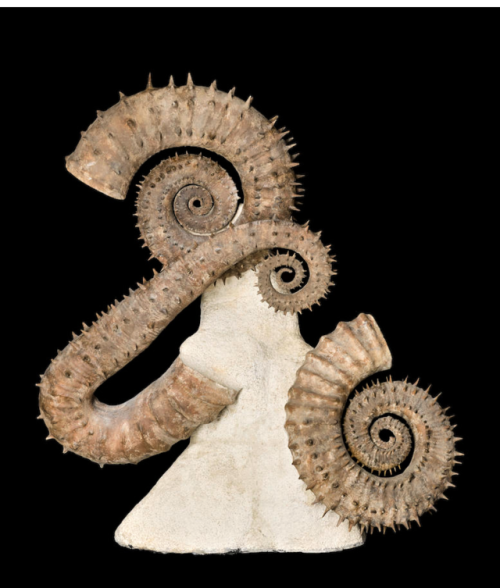
Heteromorph Ammonites with spikes (Emericiceras alpinum, Ancyloceras vandenbecki, Emericiceras barremense) Cretaceous, Lower Barremian - Agadir, Morocco

Rest in peace, Marie Severin. A visionary artist for Marvel and co-creator of #Spiderwoman, her work shaped comics and inspired millions.
“Spiderwoman” by ayhotte: http://bit.ly/2LG2IGT




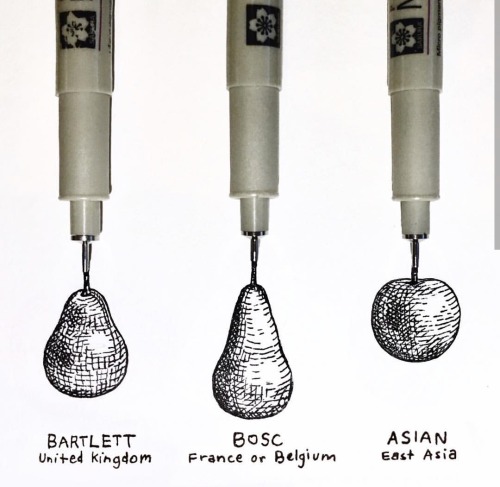




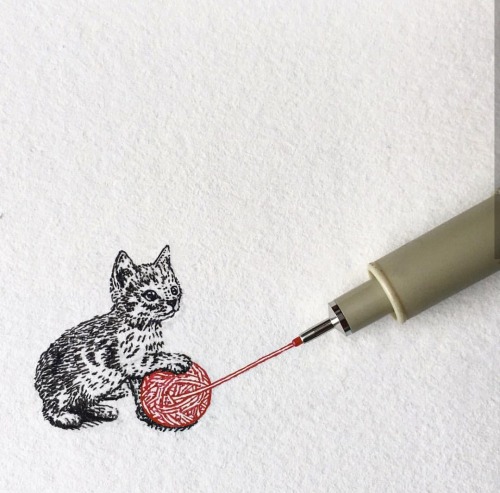
Art By IG: @bryanthegirl Instagram: @artwoonz
that is so sad alexa play ozar midrashim

The fittest fit girls
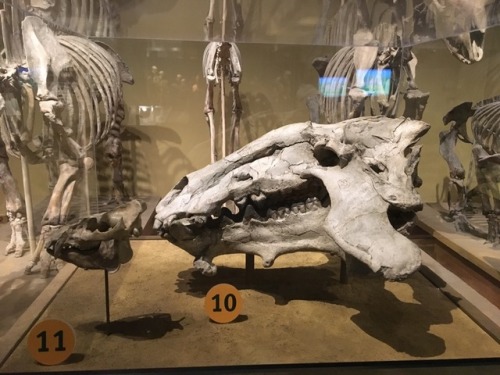
Entelodonts: terrifying.
Shown here compared to a modern pig skull on the left. (Entelodonts were actually more closely related to whales and hippos than pigs.)
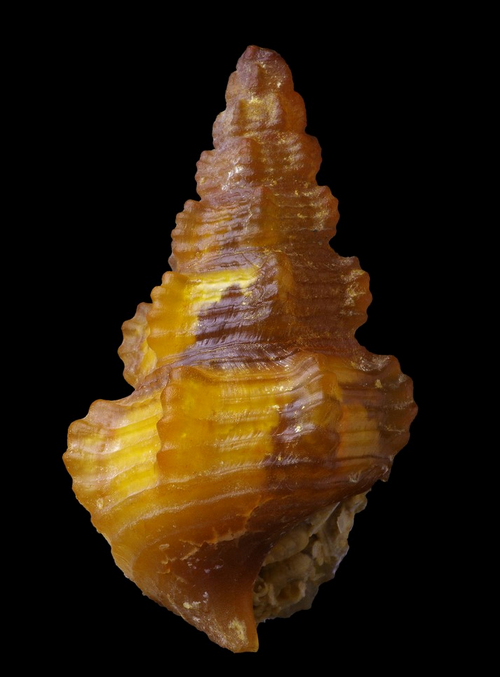
Agatized Cerithium (Eocene) - Assa, Morocco
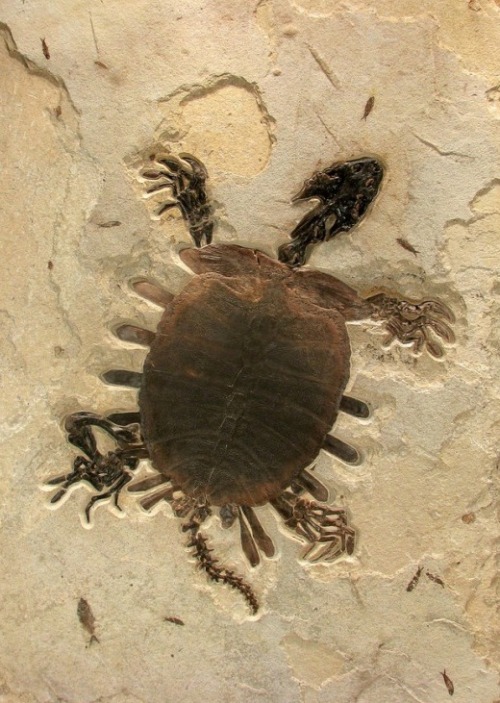
Extremely Rare Fossil Turtle - Green River Formation, Rocky Mountains, USA
Fossil turtles from the Green River Formation are extremely rare. This is a well preserved, fifty million-year-old Trionyx softshell turtle in limestone. It was found in the upper layers of the F-1 Green River Formation. The stone also contains 9 small Knightia eocaena and a small Diplomystus dentatus.
PROBOSCIDEANS
Whilst we all know that modern elephants are beautiful and remarkable creatures, few may be familiar with the order of which they are from, Proboscidea. Proboscidea not only contains the elephantids, but a whole range of diverse mammals, some reaching magnificent sizes and each one more intriguing than the last.
Deinotherium

Deinotherium quite literally means “terrible beast” and they trawled the savannah-like Miocene landscape. Deinotheriums most striking feature is certainly its menacing downward facing tusks, a complete skull found in the nineteenth century measured at just under a metre in length, the skull also showed very deep nasal bones suggesting it had a much wider and shorter trunk than modern elephants. The reason for the unusual orientation of the tusks has been debated, perhaps they were purely for attracting mates or maybe they had a vital role in stripping tree bark to eat. Deinotherium was quite a bit larger than modern elephants standing a whopping 4 metres tall (almost as tall as a double decker bus) and weighing in at an estimate 11-14 tonnes.
Palaeoxodon namadicus
Palaeoxodon namadicus, otherwise known as the Asian straight-tusked elephant lived during the pleistocene. Little is known about these species and whether it is a species on its own rather than a subspecies within Palaeoxodon antiquus, yet is is known from a thigh bone over 5 foot in length which indicates a possible height of over 4.5 metres which would make Palaeoxodon namadicus the largest land mammal to have ever existed surpassing Deinotherium and Paraceratherium.
Gompotherium

Gompotherium is another highly unusual member of the proboscidea. Gompotherium stood around 3 metres high and had 4 tusks extending straight from its jaw, the two bottom tusks are flattened and shovel-shaped leading to suggesting that they were used in digging and finding food. Gompotherium is believed to be the first of the proboscideans to escape its homeland and migrate towards north america, mammoths would eventually evolve from the shovel-tusked creature. Although they are unfamiliar to most, they were very successful and flourished in north america for over 10 million years (during the miocene and pliocene). Their demise coincides with the rise of todays modern elephants, perhaps they were outcompeted to extinction.
Stegodon

Stegodon stood at around 3.5 metres tall and weighing in a 12 tonnes, however it is not this beasts size that is hard to comprehend, but its enormous tusks which could reach a whopping 3 metres in length. Stegodons thrived in the golden age of elephants 11 million years ago, exactly when they died out is a mystery, some believe they contained to roam across north america as little as a few thousand years ago.
Mammoths

Mammoths are amongst the most recognisable prehistoric creatures, they were extremely successful and thrived during the ice age thanks to their masses of fur, migration patterns and small ears. They died out around 4500 years ago when the ice age came to an end, although it is widely thought that humans contributed to their reduction in numbers as we fed on their meat, wore their fur and used their immense tusks and skin for shelter. The largest known species of mammoths could reach 4 metres in height and weigh up to 7 or 8 tonnes and they travelled in herds much like modern elephants. Incredibly well preserved specimens have been found across the world in peat bogs and permafrost preserving skin, hair and some organs in immaculate condition, this has led to multiple projects hoping to bring back the mammoth, although this is still highly controversial.
Elephants

All modern elephants are the only relic from the glorious evolutionary history of the proboscideans that we have left. They can reach 4 metres in height and weigh up 7 tonnes. Their tusks are used in competing for mates as well as for feeding and the trunks, perhaps the most recognisable feature of any animal, are analogous to human hands, they are used to grab things, communicate and sense their environment. Elephants travel in close herds led by a matriarch and have been shown to display emotions of grief when a valued member dies, their social structure is incredibly sophisticated and complex, when a matriarchs reign is over, their is a specific order of individuals to take her place, usually the eldest daughter. Separate families of elephants have even been known to form bonds with each other and socialise in passing. Elephants have long been attractive to humans, their skin has been sold, their tusks highly valued for decoration and medicine. Elephants have been relentlessly hunted by humans, so much so that in in the twentieth century their numbers declined by 74% in ten years. Over the last few decades multiple conservation efforts have been put in place to save these magnificent creatures from extinction, their population numbers have shown slight increases since the efforts began.
The proboscideans have been, and are still, one of the most remarkable groups in the animal kingdom. They have been incredibly successful since their first appearance over 40 million years ago, with only the elephants remaining we must save these wonderful animals from extinction for future generations to see and to continue the reign of one of the most spectacular dynasties in the animal kingdom.
alexspaeth Moonrise in the Devil’s Garden
-Grand Staircase-Escalante National Monument (I hope still)

The “Squidworm” is believed to be a transitional organism from benthic worms to free-swimming pelagic worms. They are named Squidworms due to their tentacle-like branchiae and palps.
(source)
whiskies
Breakfast far above the clouds, Pokut, Turkey

Spider in amber. It’s amazing! 🕷